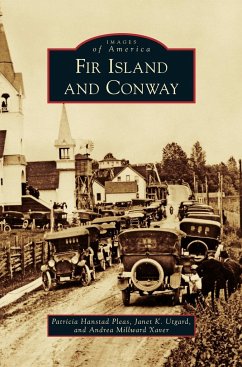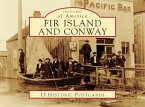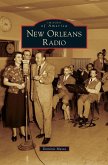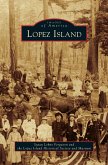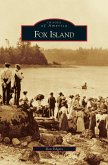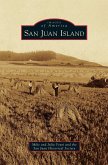The North Fork and the South Fork of the Skagit River were navigated by those searching for gold and land in the 1870s. Flooding became a deterrent for many, but those who stayed discovered an abundance of fertile soil and natural resources. Scandinavian immigrants, predominantly Norwegian, came to settle in the area, some with their families, and worked in logging and in farming. As the population grew, small towns and businesses were soon established. Skagit City and Fir were located on Fir Island; Conway and Milltown were located east of the island. In 1914, a bridge connected the island to the mainland, replacing the ferry at Mann s Landing. After many floods, the removal of logjams, and the arrival of the Great Northern Railroad, Mount Vernon began to prosper upriver, and the little towns began to disappear. Today, Fir Island and Conway are destinations for tourists who come to see snow geese and trumpeter swans during migration. Farmers continue to work the soil, and many descendants of pioneers still remain."
Hinweis: Dieser Artikel kann nur an eine deutsche Lieferadresse ausgeliefert werden.
Hinweis: Dieser Artikel kann nur an eine deutsche Lieferadresse ausgeliefert werden.

